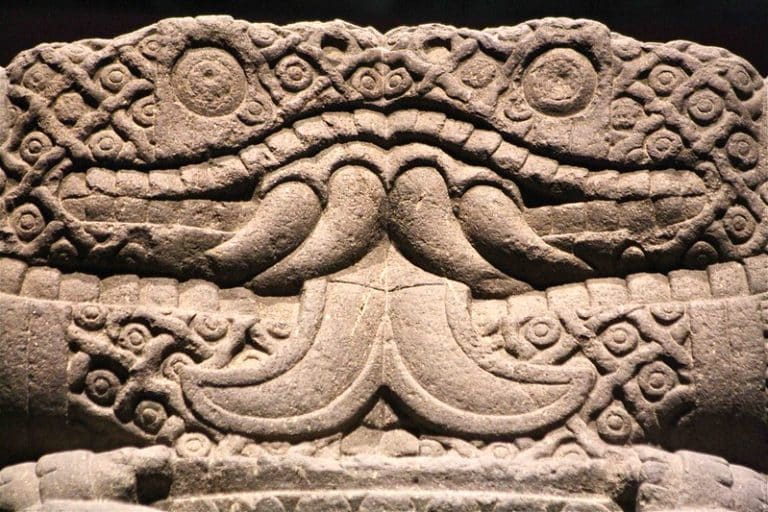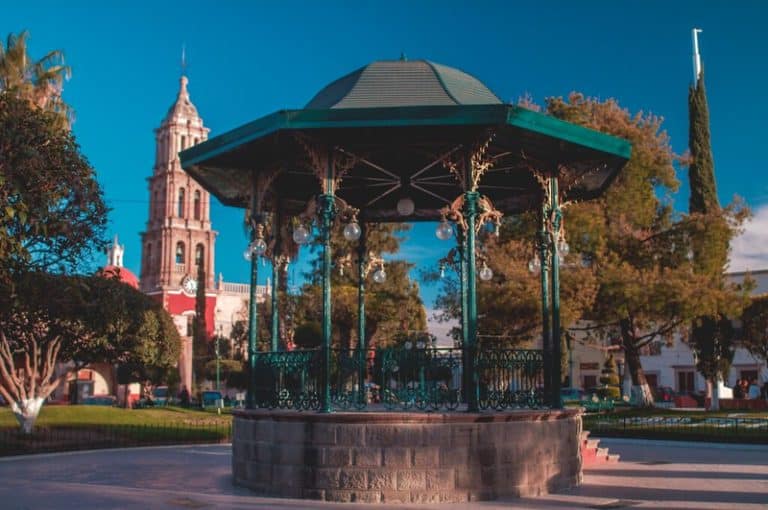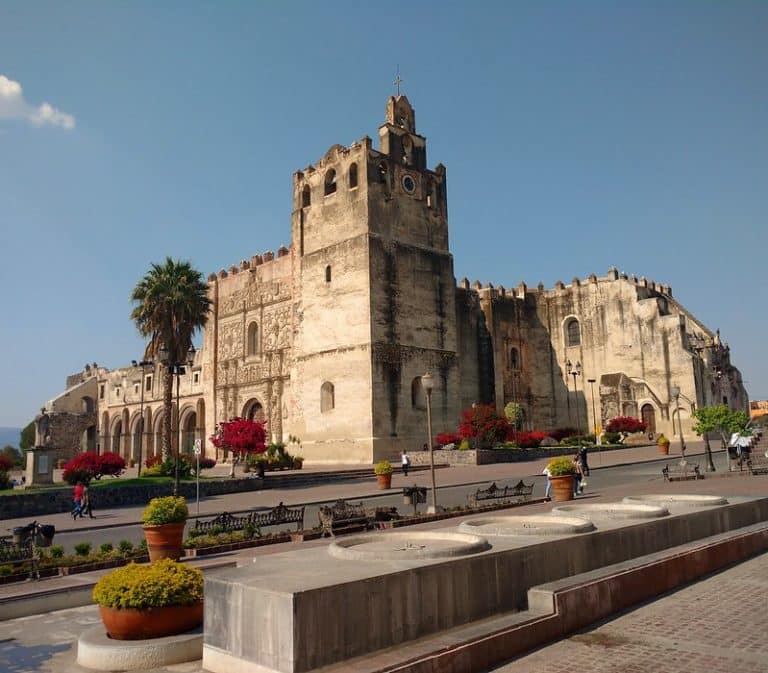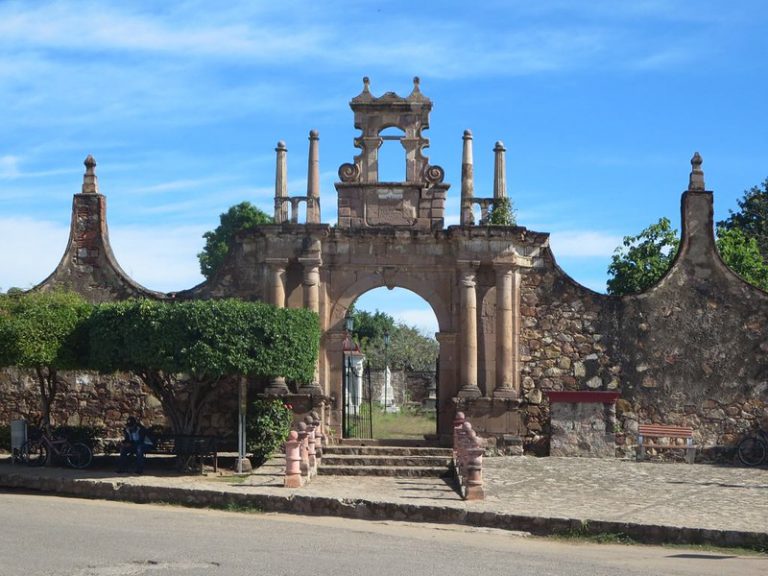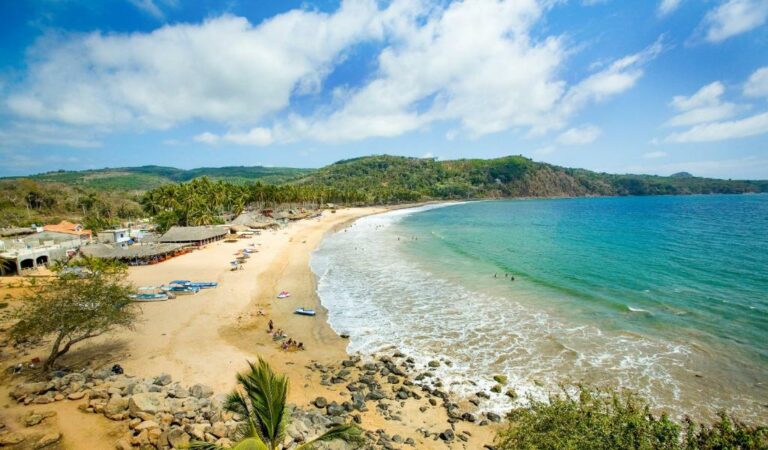Exploring Casas Grandes Chihuahua: A Cultural Odyssey
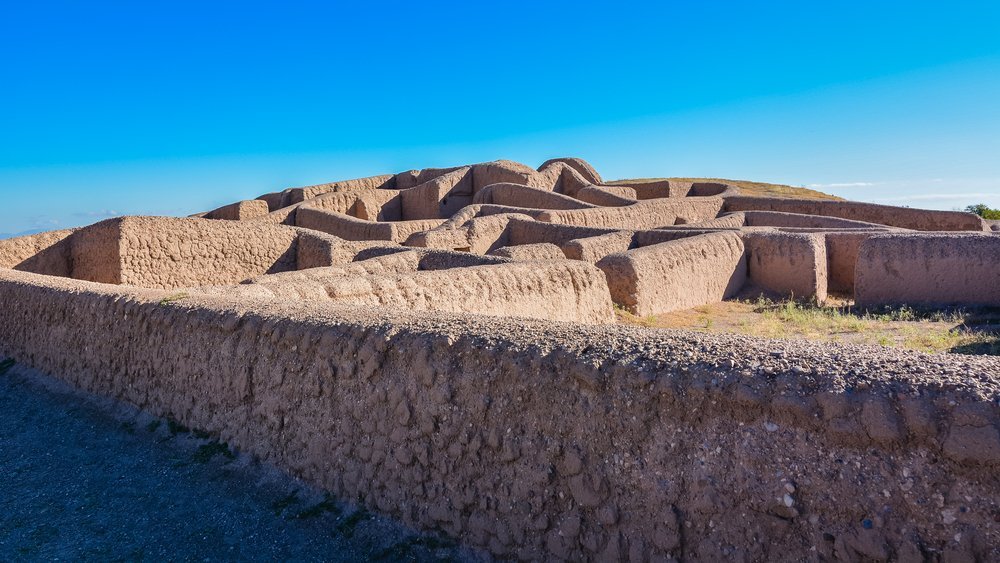
Exploring Casas Grandes Chihuahua: A Cultural Odyssey
The Magical Town of Casas Grandes Chihuahua is home to one of Mexico’s great archaeological and historical treasures: Paquime.
This town is so fascinating and not known by many people. That’s why I decided to share this guide with you today. Let’s get started.
Where is Casas Grandes, Chihuahua?
Casas Grandes is the capital of the Chihuahua municipality of the same name, located in the northwestern sector next to Sonora.
The Magical Town borders other Chihuahua municipalities of Janos, Nuevo Casas Grandes, Galeana, Ignacio Zaragoza, and Madera.
Casas Grandes is located next to the archeological site of Paquime and a few kilometers from the city of Nuevo Casas Grandes; Chihuahua city is 300 km away.
How did Casas Grandes come about?
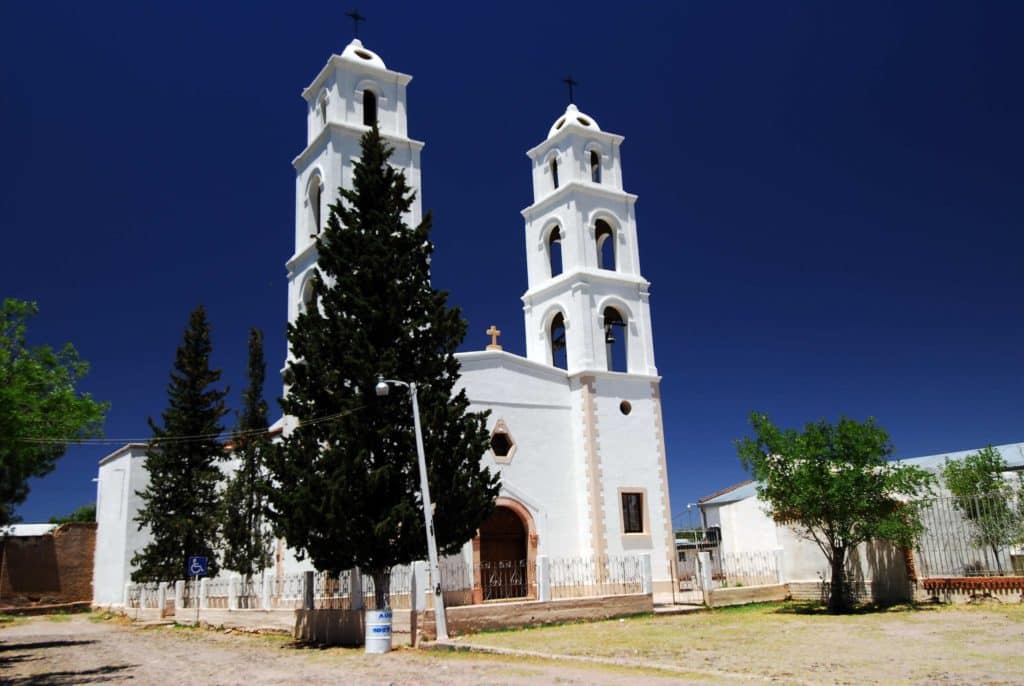
When Spanish explorer Francisco de Ibarra and his men arrived in the territory in the 16th century, they were astonished to find pre-Columbian buildings up to 7 stories high and asked what the place was called.
The Indians answered “Paquime,” but Ibarra preferred a more traditional name and baptized the site as Casas Grandes.
In the 18th century, the town became the primary urban center of the region, with the rank of Alcaldía Mayor.
In 1820, Casas Grandes was considered a municipality, and in 1998 UNESCO declared the archaeological zone of Paquime a World Heritage Site.
How is the climate?
The climate of Casas Grandes is cool and dry due to its altitude of 1,453 meters above sea level, the desert environment, and low rainfall.
The average annual temperature is 17 °C, rising to 25 or 26 °C in the summer months and dropping to 8 °C during winter.
The Chihuahuan territory is prone to climatic extremes; between June and July, temperatures can reach 35 °C in Casas Grandes despite its mountainous altitude.
Likewise, it can get very cold, close to zero degrees Celsius in the winter season, so your clothing needs will depend on the month of your trip.
Main attractions in Casas Grandes Chihuahua
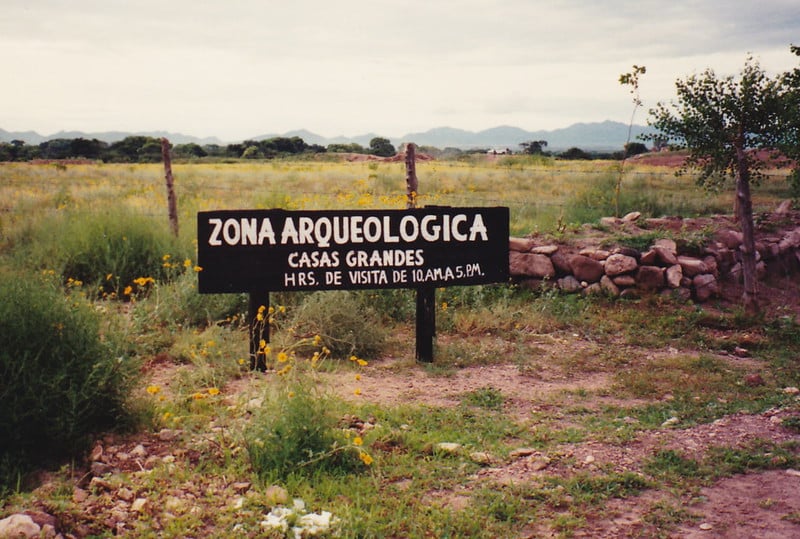
Again, this town is home to the fascinating Paquime culture, the most developed of its time in northern Mexico.
This makes the archaeological site and its museum the most important attraction to visit.
The region of Casas Grandes was used at the end of the XIX century to establish Mormon towns.
Two have survived with interesting cultural samples: Colonia Juárez and Colonia Dublán.
Near Casas Grandes and Nuevo Casas Grandes (the modern city) are places of historical, ecotourism, and archaeological interest, such as the Cueva de la Olla, the Cueva de la Golondrina, the Janos Biosphere Reserve, and the town of Mata Ortiz.
When was Paquime built?
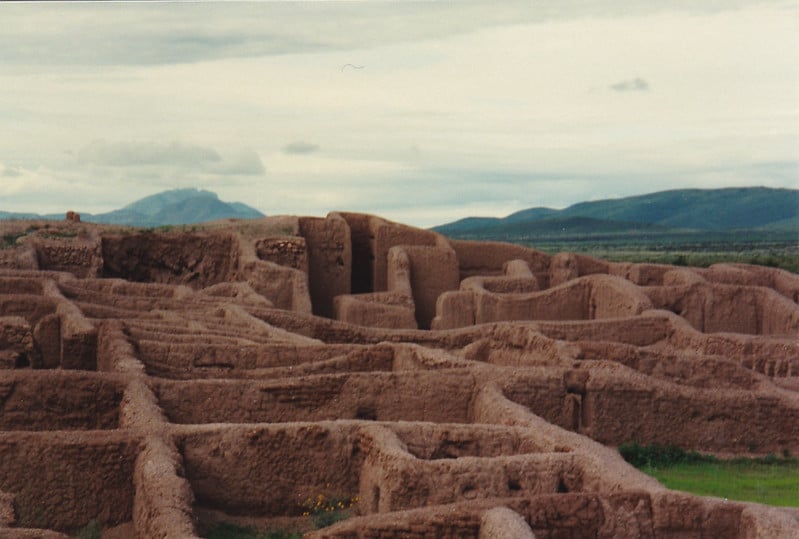
The Paquimé culture began developing in the 8th century A.D. in Oasisamerica, the pre-Columbian area between northern Mexico and the southern United States.
The most relevant preserved expression of this ancient civilization is in the archaeological site of Paquimé, next to Casas Grandes.
In its time, the Paquime culture was the most developed in the north of the American continent, living its greatest splendor between 1060 and 1340 AD.
Archaeologists have not been able to establish the causes of the decline of this advanced culture, which occurred before the arrival of the Spanish conquistadors.
What was the most outstanding aspect of the Paquime civilization?
The main legacies of the Paquime culture are its ceramics and architecture.
They worked ceramics with art and skill; the decorated vessels have faces, bodies, animal figures, and other environmental elements.
They built multi-story dwellings with water supply systems and heating facilities.
The main product of their pottery was clay pots, in which they combined practical use to make decorative pieces.
The most representative ceramic pieces of the Paquime culture are in the site museum and American museums.
Where exactly is the archaeological site of Paquime?
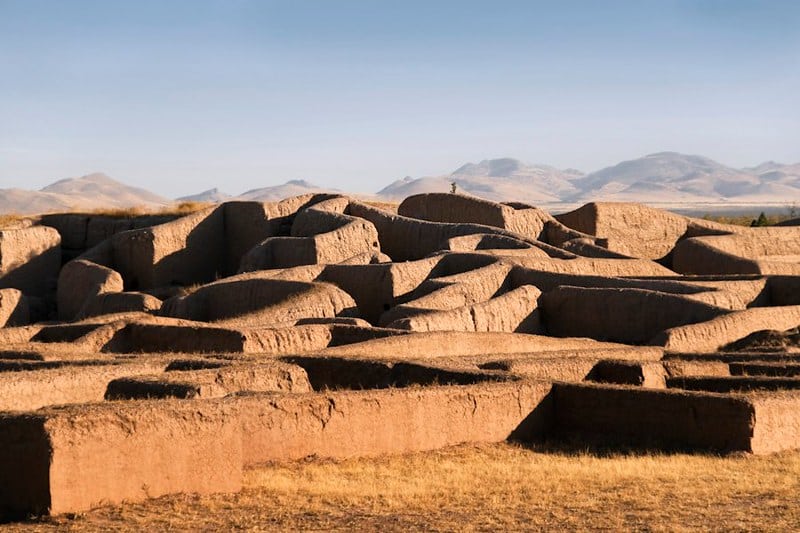
The archaeological site of Paquime is located in the municipality of Casas Grandes, near the source of the river at the foot of the Sierra Madre Occidental.
Contrary to most Mexican archaeological sites, characterized by pyramids and other elevated buildings, Paquime was a site of adobe houses of labyrinthine construction.
With complex water supply systems and even living quarters for storing exotic animals and foodstuffs.
The ruins of Paquime constitute the best testimony of adobe construction of its time in America.
Both for the advanced construction techniques and the additional elements for the comfort of the inhabitants.
Other important things in Casas Grandes – Paquime
Several remarkable things distinguish urbanism here.
Although more than 25% of its 36 hectares have not been explored and investigated, experts estimate that it may have had more than 2,000 rooms and about 10,000 inhabitants at its peak.
- The House of the Macaws is so named because 122 macaws were found buried under its floor, reflecting that the bird was an important animal in the Paquime culture
- The House of the Ovens is a group of 9 rooms with holes that were supposedly used to cook the agave
- The House of the Snakes was formed of more than 24 rooms, a complex that was used to breed turtles and macaws
Visit the Paquime museum
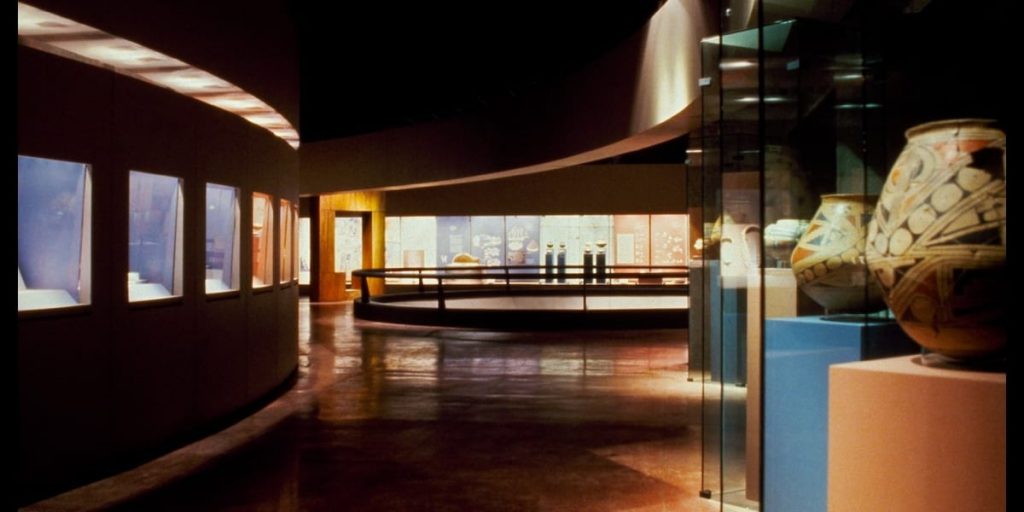
The Museum of Northern Cultures, also called the Paquime Cultural Center, is located in the archaeological zone and was opened in 1996.
It is a semi-underground building harmoniously integrated into the desert environment and cultural vestiges.
The design by architect Mario Schjetnan was awarded a prize at the Buenos Aires Biennial of Architecture in 1995.
The building is of modernist lines and pleasantly incorporated terraces and ramps into the environment.
The exhibit has some 2,000 pieces from the Paquime culture and other pre-Hispanic peoples of the north.
Including ceramics, agricultural implements, various objects, maps, dioramas, and models to facilitate the public’s understanding.
The Cueva de la Olla
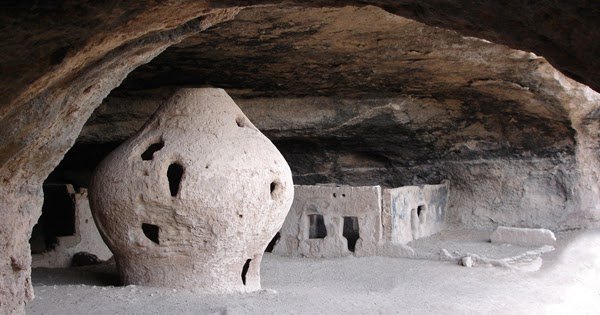
About 50 km from Casas Grandes is an archaeological site inside a cave whose most characteristic structure is a prominent rounded container in the shape of a pot.
It is a cuexcomate, a circular rounded granary usually built with mud and straw, used in ancient times to keep grains fresh and vermin-free.
The site has seven rooms inside the cave, and the community that lived around the area used the two-and-a-half-meter diameter mushroom-shaped pot to store corn, pumpkins, epazote, amaranth, guaje, and other seeds.
The importance of the Golondrina Cave
Another place of archaeological interest, located in the same canyon where the Cueva de la Olla is, less than 500 meters from it, is the Cueva de la Golondrina (Swallow’s Cave).
In the 1940s, a U.S. geological team drilled several stratigraphic wells to document the rock layers of the cave.
These wells were uncovered, and in 2011, researchers from the Mexican National Institute of Anthropology and History, who resumed the study of the area, found an adobe floor built in the 11th century and other testimonies such as ceramics and mummified bodies.
Based on their findings, experts had postulated that the cave had been inhabited in the pre-ceramic era, but this recent discovery seems to overturn that hypothesis.
What is the Janos Biosphere Reserve like?
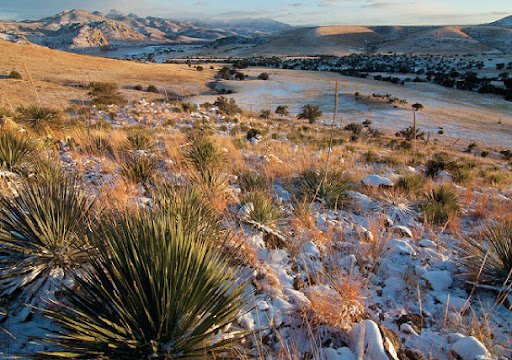
This vast grassland ecosystem in northern Chihuahua was declared a Wildlife Refuge in 1937 by President Lázaro Cárdenas.
More recently, it has been designated as a reserve to preserve its biodiversity from its suffering degradation.
The primary inhabitant of the reserve is the prairie dog.
This species is vital in keeping the land free of woody plants, favoring the development of forage for livestock.
Janos’s other inhabitants are the black-footed ferret, which became almost extinct, and the only wild herd of bison living in Mexico.
What is Mata Ortiz Chihuahua known for?

35 km from Casas Grandes is the town of Juan Mata Ortiz, the community in the region that best preserves the Paquime artistic tradition in the work of ceramics.
Juan Mata Ortiz was a Chihuahuan soldier who stood out in the fight against the Apaches and died ambushed by them.
Mata Ortiz is the ideal place to acquire a decorative ceramic piece as an unforgettable souvenir of your trip to Casas Grandes.
Mata Ortiz’s pottery is nationally and internationally recognized for its beauty and Paquime cultural spirit in its elaboration process.
The rescue of this artisan tradition was spearheaded by Chihuahua potter Juan Quezada Celado, winner of the 1999 National Award for Popular Arts and Traditions.
Typical food of Casas Grandes Chihuahua

The culinary art of Casas Grandes is distinguished by its cheeses, curds, cottage cheese, and other dairy products, which are among the best in the state of Chihuahua.
As worthy Chihuahuenses, the people of Casas Grandes are excellent at preparing their beef cuts, both tender and dry.
Another dish that has become popular in the town to become almost a symbol is the tostada de lomo de cerdo (pork tenderloin tostada).
The juicy peaches and other fruits harvested in the Mormon colonies of Juarez and Dublán are a treat for the palate, as well as their juices and sweet derivatives.
Main local festivals
The main festivities of the area take place in Nuevo Casas Grandes, the most important the one dedicated to Our Lady of the Miraculous Medal, patron saint of the town, which is celebrated during the second half of November.
At the end of July, the regional wheat festival is held, and during the second week of September are celebrations for the anniversary of the city’s founding.
Another event that has gained notoriety is the Casas Grandes Columbus Binational Horseback Ride, commemorating Columbus’s capture by Pancho Villa’s forces.
During the first ten days of July, the Nueva Paquime Festival is held, with traditional, artistic, and cultural events.
Where to stay in Casas Grandes Chihuahua
- The Dublan Inn Hotel is located on Juarez Avenue in Nuevo Casas Grandes and has 36 rooms; it is noted for its spacious and comfortable rooms and for its cleanliness in a simple environment
- Hotel Hacienda, also on Avenida Juarez, 2 km. from downtown Nuevo Casas Grandes, has beautiful gardens, a luxury in the desert, and serves good breakfast
- The Hotel Casas Grandes is a quiet lodging with basic services that operate in a building similar to the motels of the 1970s

